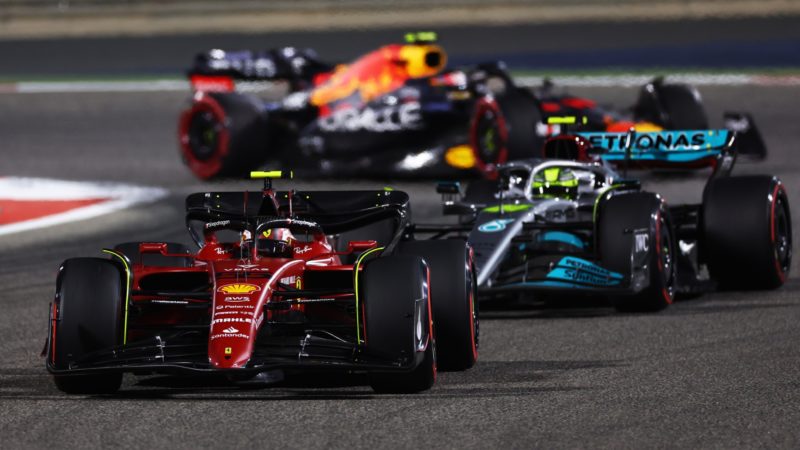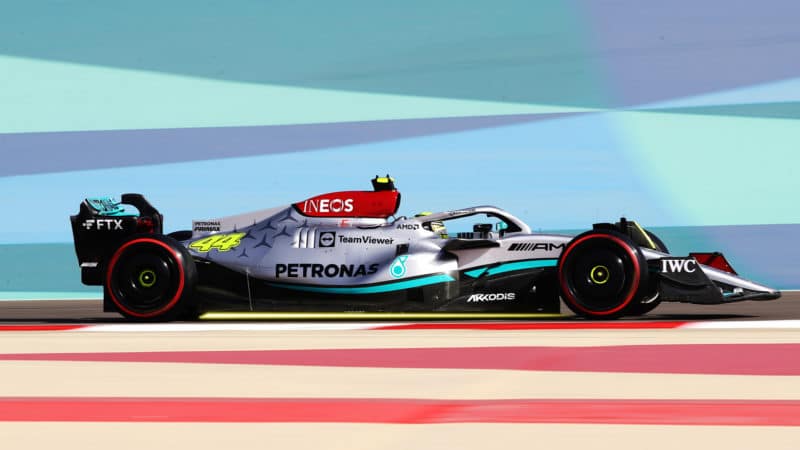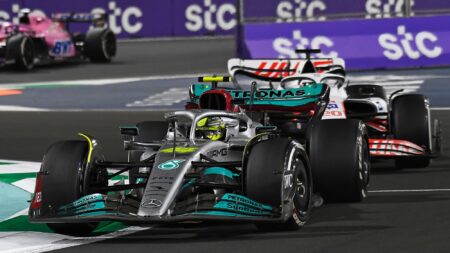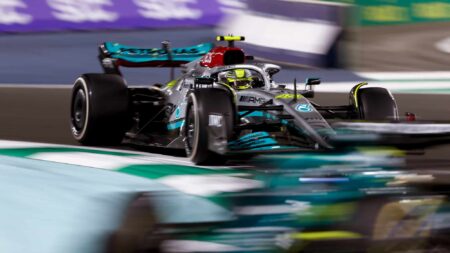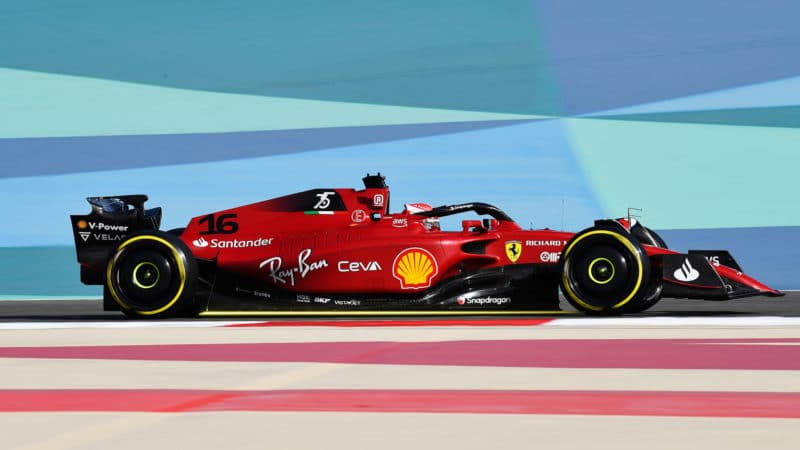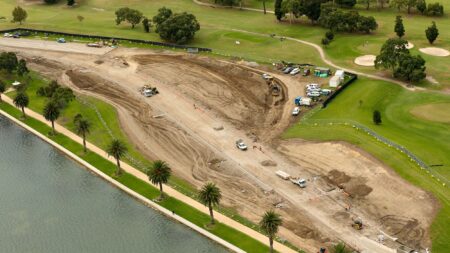“The cars that are ahead of us, for example, have an incredible amount of low-speed downforce.”
As seen in the image above, Mercedes has had to raise the rear ride height of the W13 in order to reduce the bouncing, a huge detriment to performance through a loss of downforce produced by the underneath of the car. Compared to the other two, it is almost running a high-rake concept, something that is not desirable with the new generation of car.
The team echoed those concerns also.
“Porpoising is something that caught all of the teams out when they first launched this generation of cars just a few weeks ago,” the team’s chief technical officer James Allison noted after Bahrain.
“The mechanisms that cause it, while not completely understood yet, are rather different from what the commentators are providing on the web and on your TV screens. How quickly each team can get on top of it and fix it is going to be quite an important thing for determining what the pecking order in the sport will be.
“We were caught out by it quite badly, especially when we put our first race upgrade package on in the last winter test, the amount of porpoising we saw has been quite extreme.
“We are having to throw away the basic performance of our car as a smaller problem, in order to get the bigger problem – the uncontrollable bouncing – slightly under our control.”
Upgrades are on the way for Mercedes but there’s little use trying to find pace elsewhere in the car if basic set-up issues related to the bouncing cannot be squared away.
Red Bull
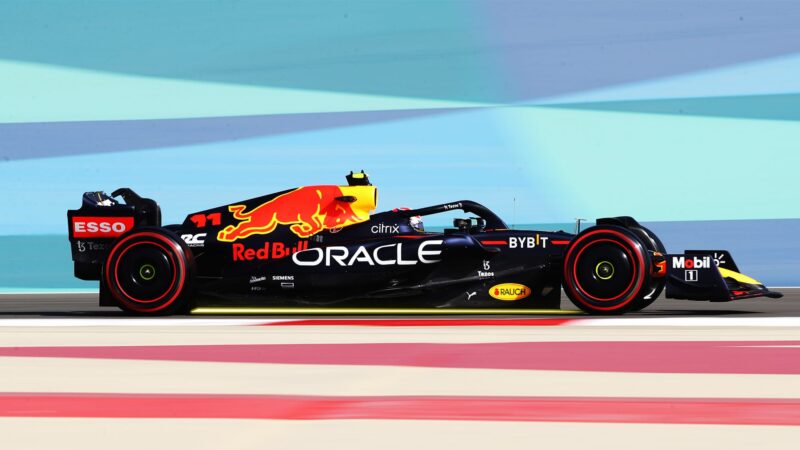
RB18 – Red Bull has opted to run the car a little higher than Ferrari but comfortably lower than Mercedes and isn’t experiencing porpoising issues
Joe Portlock - Formula 1/Formula 1 via Getty Images
Red Bull had long been the kings of running a high rake on its cars but in the new era, having the floor of the car as close to the track surface as possible is the way to generating better laptimes.
Aero and design guru Adrian Newey is arguably the key asset heading into a fresh set of regulations focused on design over engine. But even though he is one of the very few engineers to remain around since F1 last faced porpoising 40 years ago, the issues have been unforseen, partly due to speed limits at which teams can run wind tunnel simulations at.
But as the team did last year in the 2021 title battle, Red Bull has moved fast with upgrades. The sidepod and floor updates which were both unveiled on the final day of pre-season testing appears to have worked wonders.
Of the three teams fighting for podium in Bahrain, Red Bull’s solution has lessened the porpoising phenomenon the most, with little to no bouncing visible outside of riding bumps under braking in Sakhir. Likewise in Jeddah, the RB18 was settled much more than the Ferrari.
